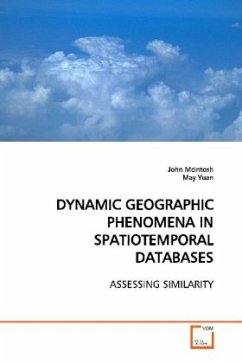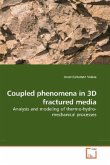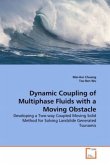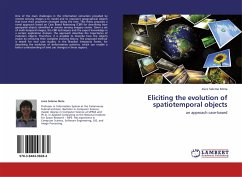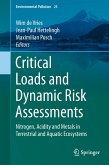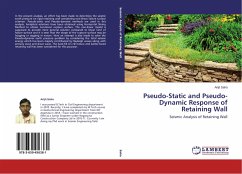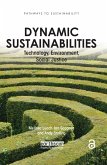The growing availability of routine observations from
satellite imagery and other remote sensors holds
great promise for improved understanding of processes
that act in the landscape. However, geographers
ability to effectively use such spatial data is
challenged by large data volume and limitations of
conventional data models in geographic information
systems (GIS) which provide limited support for
querying and exploration of spatiotemporal data other
than simple comparisons of temporally referenced
snapshots. Current GIS representations allow
measurement of change but do not address coherent
patterns of change that reflects the working of
geographic events and processes. The work presented
here includes three self contained but related
studies: (1) development of a representational
framework that incorporates spatiotemporal properties
of geographic phenomena, (2) development of a
framework to characterize events and processes that
can be inferred from GIS databases, and (3)
development of a method to assess similarity of
events and processes based on the temporal sequences
of spatiotemporal properties.
satellite imagery and other remote sensors holds
great promise for improved understanding of processes
that act in the landscape. However, geographers
ability to effectively use such spatial data is
challenged by large data volume and limitations of
conventional data models in geographic information
systems (GIS) which provide limited support for
querying and exploration of spatiotemporal data other
than simple comparisons of temporally referenced
snapshots. Current GIS representations allow
measurement of change but do not address coherent
patterns of change that reflects the working of
geographic events and processes. The work presented
here includes three self contained but related
studies: (1) development of a representational
framework that incorporates spatiotemporal properties
of geographic phenomena, (2) development of a
framework to characterize events and processes that
can be inferred from GIS databases, and (3)
development of a method to assess similarity of
events and processes based on the temporal sequences
of spatiotemporal properties.

